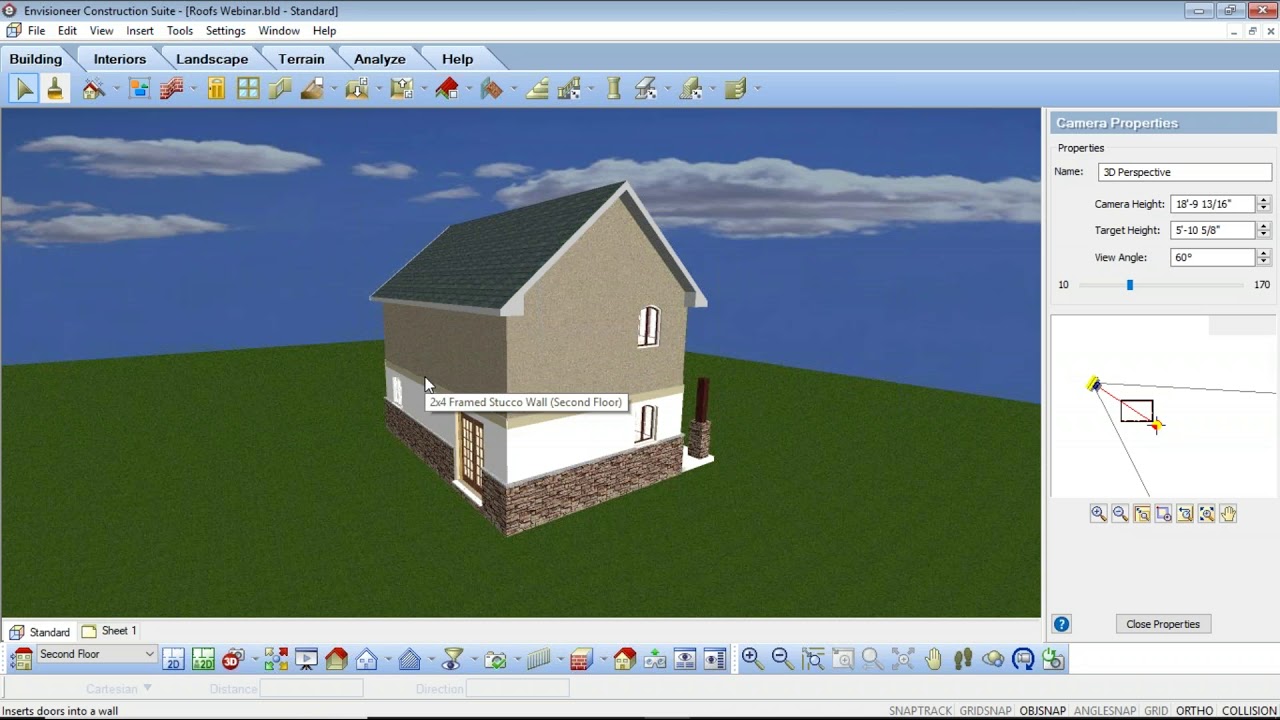

Each event list can have different settings. So you can have multiple Event Lists, just like you can have multiple Cue Lists.(Theres probably a key shortcut but i’m not an EOS programmer so il show you the way I found!) It probably won’t be there but you can click the + and add it to your view. Next you’l need to find the Show Control tab.Lets go into Browser > Setup > Show Setup and head over to the Show Control tab.
#QLAB FOR PC UPDATE#
(I’ve had timecode not working on some older versions of the software – with an update fixing it) For the purpose of this tutorial, I am using the offline editor for screenshots! First things first make sure your console is up to date. So there are a number of things to setup in the Ion before it will work. Notice this triggers after the audio track has finished (including +5 seconds on the pre-wait) If we don’t stop the timecode, it will just keep running. Ive chosen 5 seconds as this will be fine for this project. But hang on, we want the timecode to start before the audio track. To do this, I have put them both in a group, and set the group to trigger all cues simultaneously. We want both the audio track and the timecode cue to be triggered at the same time. In Qlab I have my audio track and a Timecode cue that I have dragged in from the icons above the cuestack. Note!: do this before you add any cues as changing this after you have plotted some will just mess up your timings. If you are aligning it to a track like we are here, simply delaying the music track starting by a few seconds will enable the lighting desk to start reading the timecode before the music starts. To get round this, you simply need to play a little timecode before you want any cues to start happening. If you put a lighting cue to trigger right at the start of the timecode, chances are it won’t fire 100% of the time, if at all. Basically, the device receiving the timecode needs some time to start “reading” the timecode signal. Im not entirely sure what to call it, but il go with pre-roll. (note, you will be able to insert and use the timecode cue without a licence, but won’t be able to use it once you have reopened the qlab file.) Timecode Preroll
#QLAB FOR PC PRO#
In order to use Midi Time Code cues in Qlab, you will need a Pro licence. (Any USB-MIDI device should work with Qlab). I’ve have lengths of up to 30/40m via XLR adaptors working fine in the past. You’l also need a standard MIDI cable of whatever length you need it to be. Basically a Qlab machine with a soundcard that happens to have Midi in/out on it and an ETC Ion lighting desk with Midi in/out. But if you have a long track with hundreds of cues, you’l want to use timecode. Don’t get me wrong, if you have a few short sound effects that you want to fire an lx cue at the same time, a Midi Show Control cue is ideal. As I said before, this would work, but it can and would get messy. Wanting to change a cue would involve re-arranging the cue list and working out different cue times.

You would also have to fire alot of cues in Qlab at once, or work out pre or post wait times in Qlab between every cue. While this would work, it involves creating cues on the lighting desk, and the Qlab machine. One way to achieve this is to use the Midi Show Control option and send “Go” commands from Qlab straight into the lighting desk. So, the aim of this little project is to run Midi Time Code on a Qlab machine, in time with a music track, and have cues fire on the lighting desk at set points in the music track.


 0 kommentar(er)
0 kommentar(er)
